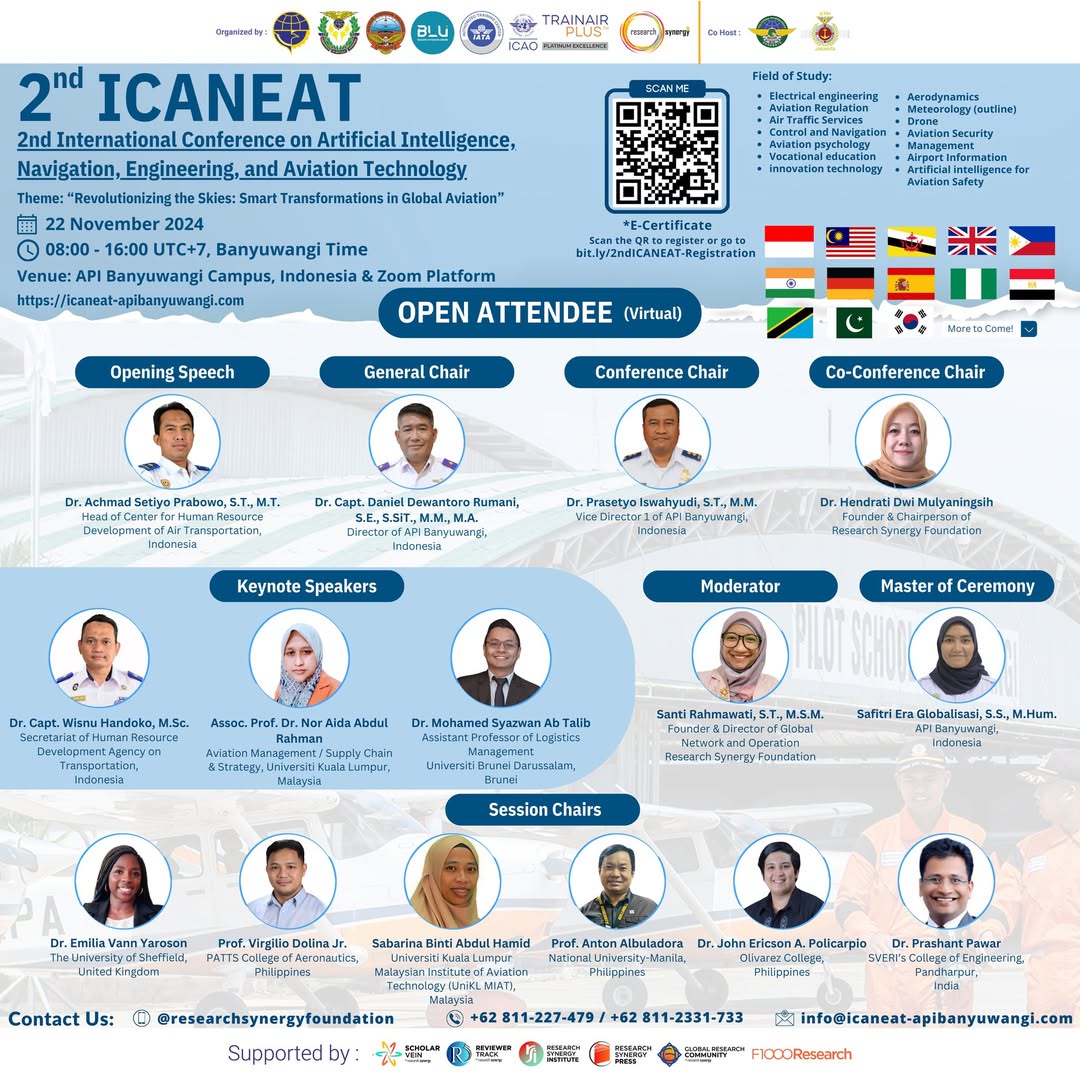The Role of Employability in Mediating the Influence of Job Training on Employee Performance at the Education and Culture Office Medan City, North Sumatra Province
Keywords:
Transformational_Leadership; Organizational_Commitment; Employee_Performance.Abstract
This study aims to analyze the effect of job training on employee performance, with work ability as an intervening variable at the Education and Culture Office of Medan City, North Sumatra Province. The problem raised in this study is that the improvement of employee performance has not been optimal even though promotion and training programs have been implemented. This study uses a quantitative approach with a survey method. The research sample amounted to 113 permanent employees in the Elementary School and Coaching unit, which was selected from a total of sampling. The data analysis technique uses Structural Equation Modeling (SEM) based on Partial Least Square (PLS). These findings indicate that improving individual competencies is key in optimizing the results of human resource management policies. Therefore, it is recommended that organizations continue to encourage performance-based promotions and training that are in line with work needs to improve overall employee performance.
References
[1] Al Ghazali, S., & Mesra, B. (2024, June). The Influence of The Work Environment on Employee Performance at Bank Syariah Indonesia in The Medan Raya Area. In Proceedings of the International Conference on Multidisciplinary Science (INTISARI) (Vol. 1, No. 1, pp. 191-200).
[2] Fahrozi, H., Prasetyo, A., & Lestari, R. (2022). Job training and its impact on improving employee competencies. Journal of Human Resource Management, 10(2), 115–125.
[3] Fahrozi, M., Ramadhan, A., & Wahyuni, S. (2022). Job Training and Its Impact on Employee Performance. Journal of Human Resource Management, 10(1), 45–58.
[4] Fajrin, H., & Mesra, B. (2024, June). Improving Employee Performance Through Work Motivation. In Proceedings of the International Conference on Multidisciplinary Science (INTISARI) (Vol. 1, No. 1, pp. 331-341).
[5] Hair, J. F., Jr., Black, W. C., Babin, B. J., & Anderson, R. E. (2019). Multivariate data analysis (8th ed.). Cengage Learning.
[6] Indrawati, S., Rahma, N., & Sari, M. (2023). The Effect of Training on Employee Productivity in Government Agencies. Journal of Administration and Public Policy, 11(1), 22–31.
[7] Indrawati, T., Nugroho, B. S., & Syahputra, R. (2023). The effectiveness of job training on increasing employee productivity in the government sector. Journal of Administration and Public Policy, 11(3), 88–96.
[8] Kosdianti, L., Sunardi, D., & Ekonomi, F. (2021). The effect of training on employee performance at PT. Because it is a powerful tool in the city of Tangerang. Arastirma Journal, 1(1), 141-150.
[9] Mangkunegara, A. A. A. P. (2017). Corporate Human Resource Management. Bandung: PT Remaja Rosdakarya.
[10] Mangkunegara, A. A. A. P. (2017). Corporate human resource management (revised edition). Bandung: Remaja Rosdakarya.
[11] Nasution, A., & Siregar, R. (2023). The Effect of Job Training, Work Ability and Motivation on the Performance of Government Employees. Journal of Public Management Sciences, 11(1), 88–97.
[12] Nurhayati, D., & Susanto, H. (2021). Employability as a Mediating Variable between Training and Employee Performance. Journal of Economics and Management, 9(2), 33–42.
[13] Nurhayati, R., & Susanto, H. (2021). The role of work ability as a mediating variable in the relationship between training and employee performance. Journal of Applied Management Science, 5(2), 123–133.
[14] Prasetyo, D., & Hidayah, N. (2022). The Effect of Job Training on Employee Performance. Indonesian Journal of Management and Business Science, 12(3), 88–96.
[15] Prasetyo, D., & Hidayah, N. (2022). The effect of job training on improving employee performance. Journal of Economics and Management, 20(1), 35–42.
[16] Putra, R. W., & Supriyanto, S. (2021). Analysis of factors that affect employee performance in the public sector. Journal of Public Administration, 9(2), 75–84.
[17] Putra, W. T., & Supriyanto, A. S. (2021). Factors Affecting Employee Performance in the Public Sector. Journal of Management and Business Sciences, 8(2), 105–114.
[18] Ramadhan, F., & Pratama, Y. (2021). The Effect of Job Training on Employee Performance with Employability as a Mediating Variable. Journal of Public Administration, 9(2), 112–120.
[19] Sari, M., & Dewi, N. (2022). The role of employability in mediating the influence of training on employee performance. Journal of Human Resource Management, 10(1), 67–75.
[20] Sugiyono. (2022). Quantitative, qualitative and R&D research methods (3rd edition). Bandung: Alfabeta.
[21] Sugiyono. (2022). Quantitative, Qualitative, and R&D Research Methods. Bandung: Alfabeta.
[22] Wuwungan, M. B., Nelwan, O. S., & Uhing, Y. (2020). The influence of work ability and work motivation on employee performance. EMBA Journal: Journal of Economics, Management, Business and Accounting Research, 8(1).
[23] Yuliana, D., & Firmansyah, M. (2021). Employability and factors that affect it in the public organization. Journal of Psychology and Management, 6(2), 109–117.
[24] Yuliana, E., & Firmansyah, D. (2021). Workability: Concepts and Implementation in Organizations. Journal of Psychology and Human Resources, 6(1), 41–53.
Downloads
Published
Issue
Section
License
Copyright (c) 2025 Yose Ferry, Mesra B, Elfitra Desy Surya (Author)

This work is licensed under a Creative Commons Attribution-ShareAlike 4.0 International License.









